The prestigious 2020 World Press Photo Contest (WPP) has released the finalists across all categories, with Australian photojournalists Sean Davey, Adam Ferguson, and Matthew Abbott all in the running for a prize. No Australians are nominated for one of the two top prizes, World Press Photo of the Year and Photo Story of the Year.
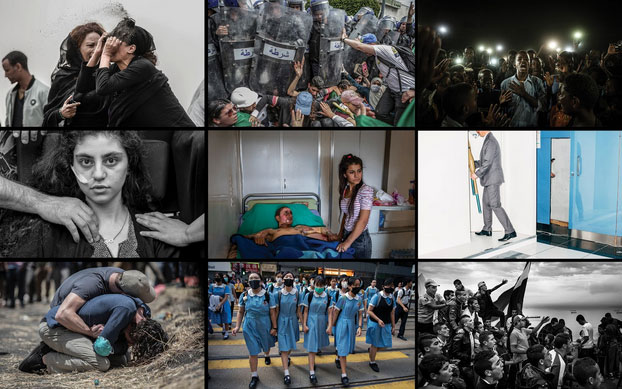
Both Davey and Abbott’s photos are of the devastating 2019/20 Australian Summer bushfires; while Ferguson’s images are portraits of Yazidi minority people from Northern Iraq, who were displaced following Islamic State’s occupation of the Mosul region.
Freelance talent shines on world stage
Canberra-based freelance photographer, Davey, is a finalist in the Contemporary Issues Singles category for his photo, Bushfire Evacuation Center, commissioned by Agence France-Presse.
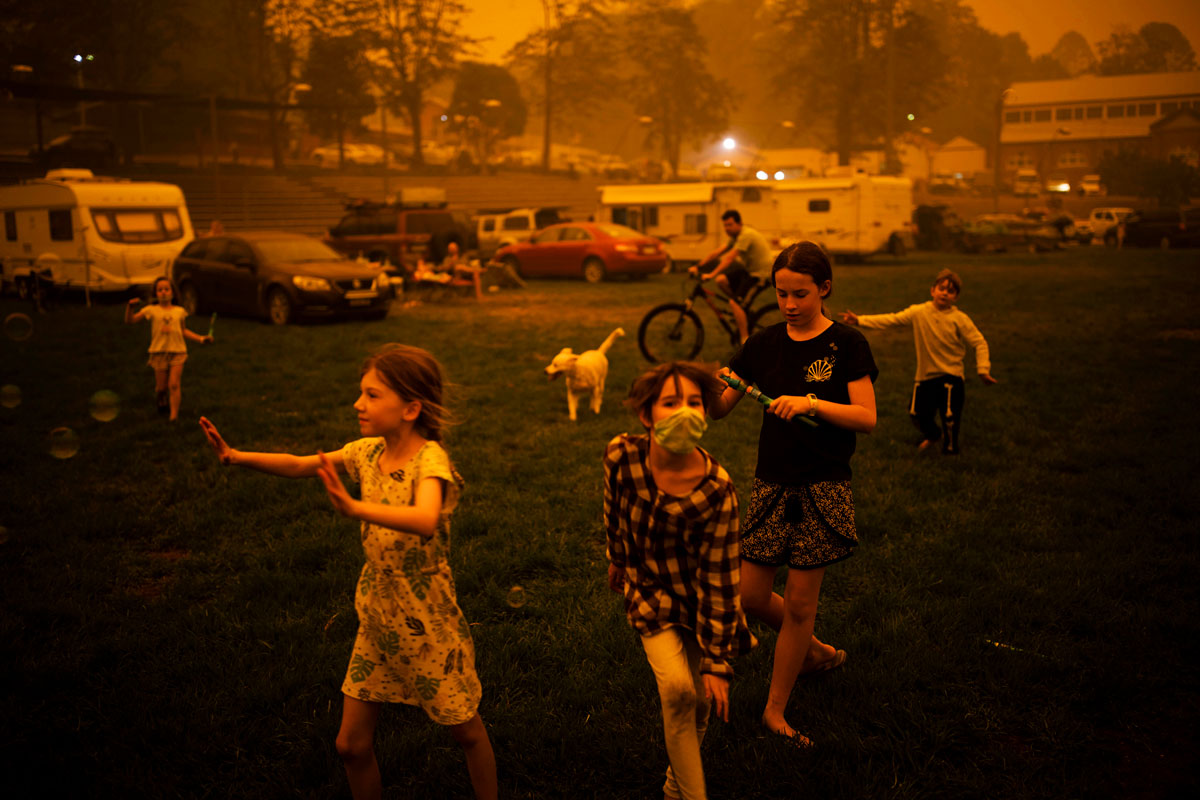
‘Widespread drought conditions, higher than average temperatures and strong winds triggered devastating bushfires in New South Wales and other regions in Australia, well ahead of the usual bushfire season. By the end of January 2020, more than 30 people had been killed, 3,000 homes lost, and around 12 million hectares of land burned (nearly three times the size of the Netherlands).
‘The months from February 2017 to the end of 2019 had been the driest on record in New South Wales for any 36-month period. University of Sydney scientists were among those who saw the drought, low humidity and westerly winds as part of the climate emergency. Australian prime minister Scott Morrison faced a public backlash for his response to the fires and for his continuing reluctance to link them to Australia’ s climate policy.’
New York-based freelance photographer, Ferguson, is a finalist in the Portraits Stories category for his series, The Haunted, shot for The New York Times Magazine.
‘As the Islamic State group (IS) retreated from territory around Mosul in northern Iraq, thousands of former IS prisoners were liberated, many in severe states of trauma. The photographer has taken posed portraits of displaced Yazidi people and other minorities who had undergone human rights violations perpetrated by IS, in camps for displaced people in the region. The Yazidi religion is monotheistic and can be traced back to ancient Mesopotamian and Abrahamic roots.
‘IS Sunnis considered Yazidis to be devil worshippers. When IS occupied ancestral Yazidi lands in northern Iraq in 2014, its fighters massacred around 5,000 Yazidi men. Women and girls were abducted and forced into sexual slavery, and boys made to train as child soldiers. Some 500,000 Yazidis were displaced. Many now live in refugee camps in Iraqi Kurdistan and Nineveh Governorate in Iraq. Jan Kizilhan, a psychologist working in one such camp at a center for people who survived the atrocities, points to the effects of this severe personal and cultural traumatisation. These include feelings of helplessness and powerlessness, tension, and a variety of physical illnesses.’
Freelance Sydney-based photographer, Abbott, is a finalist in the Spot News Stories category for his series, Australia’s Bushfire Crisis, which was picked up by The New York Times.
Abbott’s photo series story reads remarkably similar to that of Davey’s, and as a side note it’s interesting how the two accomplished photographers have laid pout the Australian bushfire crises in an almost identical way.
‘The annual fire season in Australia began early and was exceptionally severe – following months of record-breaking drought and fanned by strong winds. Far stronger wildfires than usual, mostly battled by volunteer firefighters, raged through New South Wales and Victoria as well as areas in South Australia and Queensland, laying waste to bushland and rainforest and destroying homes.
‘By the end of January 2020, more than 30 people had been killed, 3,000 homes lost, and around 12 million hectares of land burned (nearly three times the size of the size of the Netherlands). Wildlife was harshly hit. Local scientists estimated that up to one billion animals perished, and more than 50 percent of the Gondwana rainforest traversing New South Wales and Queensland was burned. In December, whilst the intensity and speed at which many bushfires were spreading increased, Australian prime minister Scott Morrison went on holiday to Hawaii, and was prompted to return only after the death of two volunteer firefighters. He continued to champion a pro-fossil-fuel policy and held back from linking the fires to the climate crisis.’
That’s it for the Australians, so moving on to the top prizes.
WPP Photo and Photo Story of the Year
The three nominees for the Photo Story of the Year are Danish photographer, Nicolas Asfouri; Ethiopian photographer, Mulugeta Ayene; and French photographer, Romain Laurendeau.
Asfouri’s series, Hong Kong Unrest, was captured between September and December 2019, and shows protesters demonstrating in Hong Kong, one of the biggest global news stories of the last 12 months.
‘Protests began to be held in Hong Kong at the end of March in response to government proposals to amend existing legislation and allow extradition to mainland China. Anti-government demonstrations gathered momentum over the following weeks as pro-democracy groups united, with students playing a large role in protests and in human-chain rallies. On June 12, tens of thousands of demonstrators gathered around the Legislative Council building ahead of a debate on the extradition laws, and met with violent opposition from police.’
‘Protests continued to escalate, both in frequency and size, as did police counter-measures. The authorities banned the wearing of face masks, and at a demonstration on October 1, the day marking the 70th anniversary of the declaration of the People’s Republic of China, police fired live ammunition at protesters for the first time. After initially proposing postponements and amendments to legislation, Chief Executive of Hong Kong Carrie Lam eventually announced that she would withdraw the bill. This was done on October 23, but protesters’ demands had broadened to include implementation of genuine universal suffrage and release of arrested protestors, and unrest continued into 2020.’
Ayene’s series, Ethiopian Airlines Flight 302 Crash Site, shows people reacting to a plane crash nearby Addis Ababa airport which killed all 157 passengers.
‘The impact was so great that both engines were buried in a crater 10 meters deep, and any human remains were almost impossible to identify. On November 14, eight months after the crash, the site of the impact was covered and the unidentified remains of victims buried in rows of identical coffins. Comparisons were made with the crash of a Lion Air aircraft, also a 737 MAX, 12 minutes after take-off from Jakarta in October 2018. Countries across the world, initially with the exception of the US, grounded the 737 MAX.
‘First reports showed that pilots had been unable to prevent the plane repeatedly nosediving, despite following procedures recommended by Boeing. It appeared that in both cases pilots were struggling to deal with an automated safety system designed to prevent stalling, which was repeatedly pushing the nose of the plane down. It seemed that the system was being activated, possibly due to a faulty sensor, even though nothing was wrong. It later emerged that American Airlines pilots had confronted Boeing about potential safety issues with the MAX. Boeing had resisted their calls but promised a software fix, which had not been done by the time Flight ET302 crashed. Planes remained grounded into 2020.’
Laurendeau’s series, Kho, the Genesis of a Revolt, is a black-and-white series captured in Algiers, Algeria the follows a youth uprising.
‘Young people make up more than half of Algeria’s population, and according to a UNESCO report 72 percent of people under 30 in Algeria are unemployed. Pivotal moments in Algerian history, such as the ‘Black October’ revolt of 1988, have had angry youth at their core. Black October was harshly suppressed—more than 500 people were killed in five days—and was followed by a ‘black decade’ of violence and unrest. Thirty years on, the effects of that decade are still present. In a traumatized country, high unemployment leads to boredom and frustration in everyday life and many young people feel disassociated from the state and its institutions. In neglected working-class neighbourhoods such as Bab el-Oued in Algiers, young people often seek refuge in diki—private places that are ‘bubbles of freedom’ away from the gaze of society and from conservative social values. But the sense of community and solidarity is often not enough to erase the trials of poor living conditions. In February 2019, thousands of young people from working-class neighbourhoods again took to the streets in what became a nationwide challenge to the reign of long-time president Abdelaziz Bouteflika.
Kho (the word means ‘brother’ in colloquial North-African Arabic) is about the genesis of a revolt. It is the story of the deep unease of youth, who, by daring to challenge authority, inspired the rest of the population to join their action, giving birth to the largest protest movement in Algeria in decades.’
Here are the six images nominated for WPP Photo of the Year:
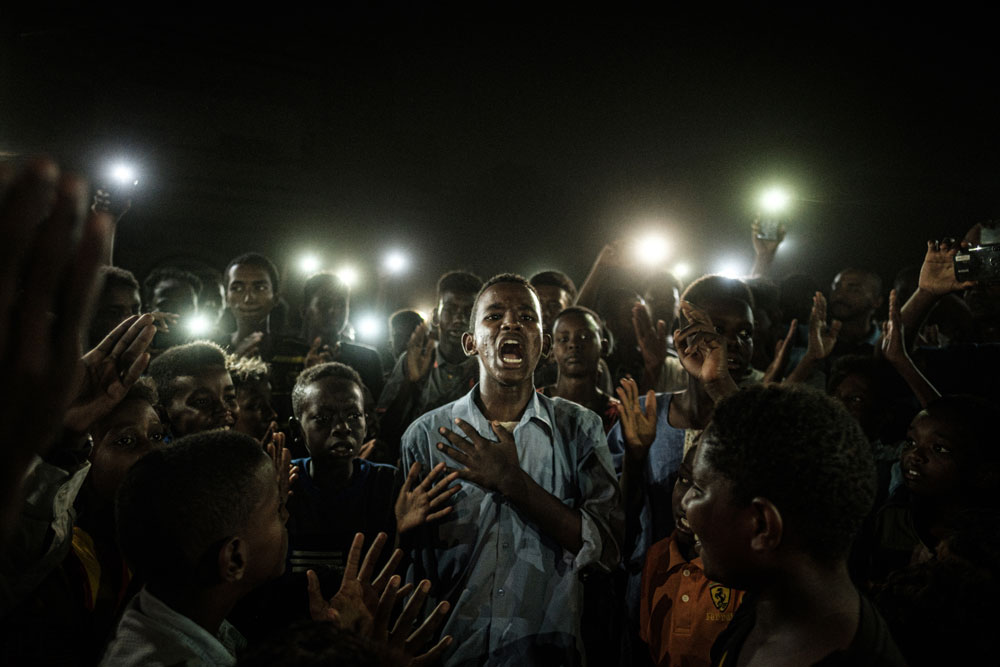
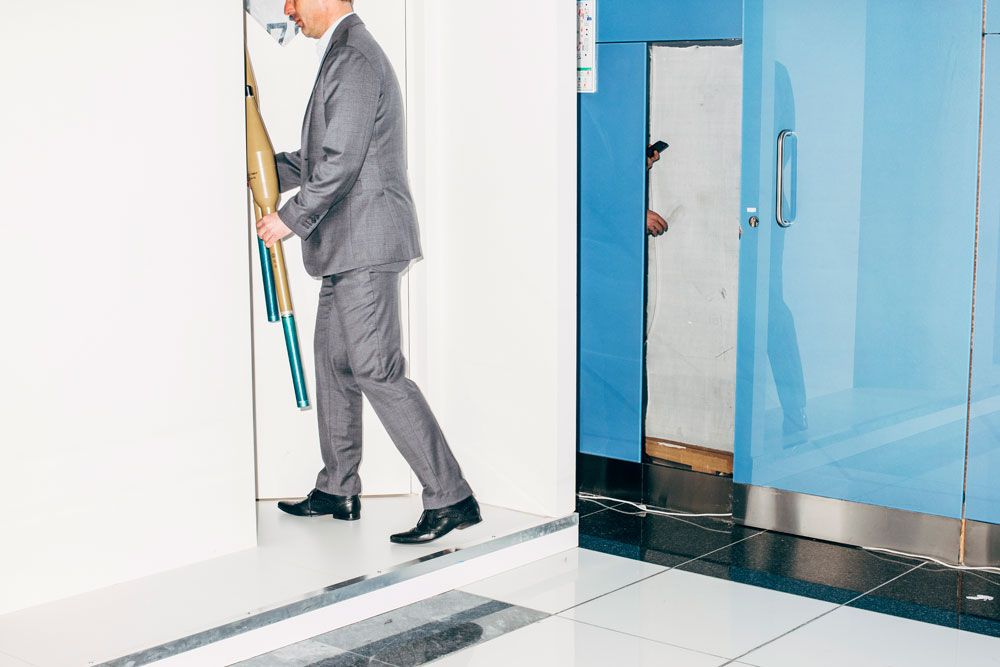
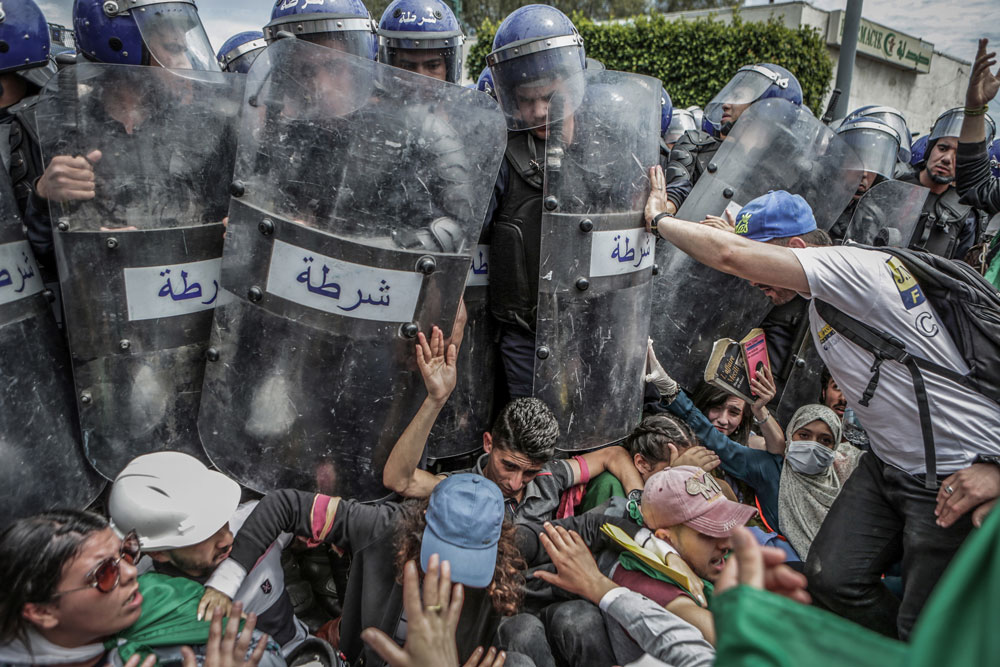
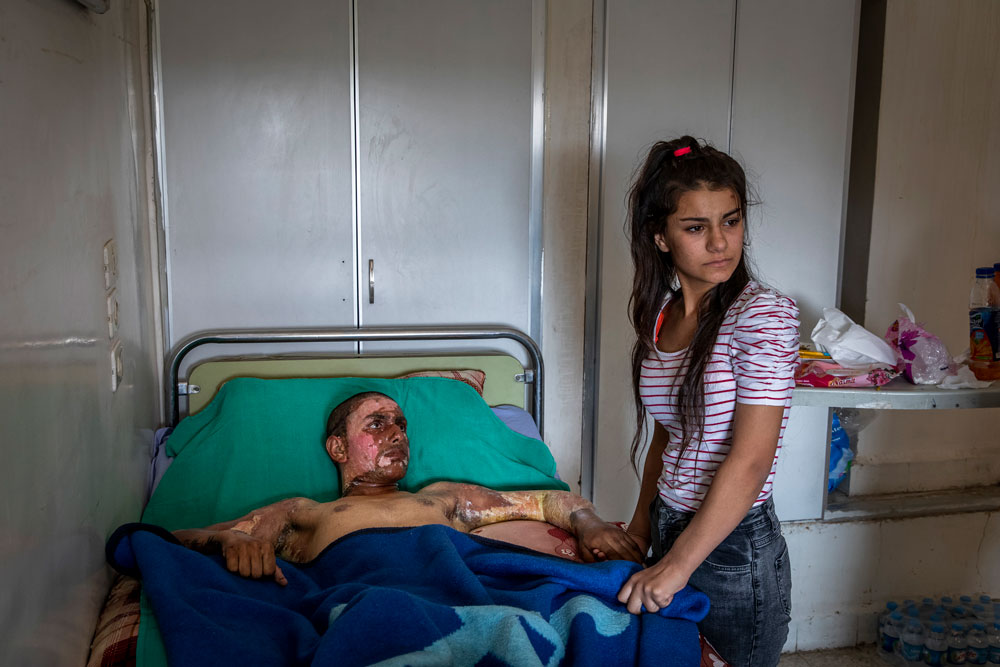
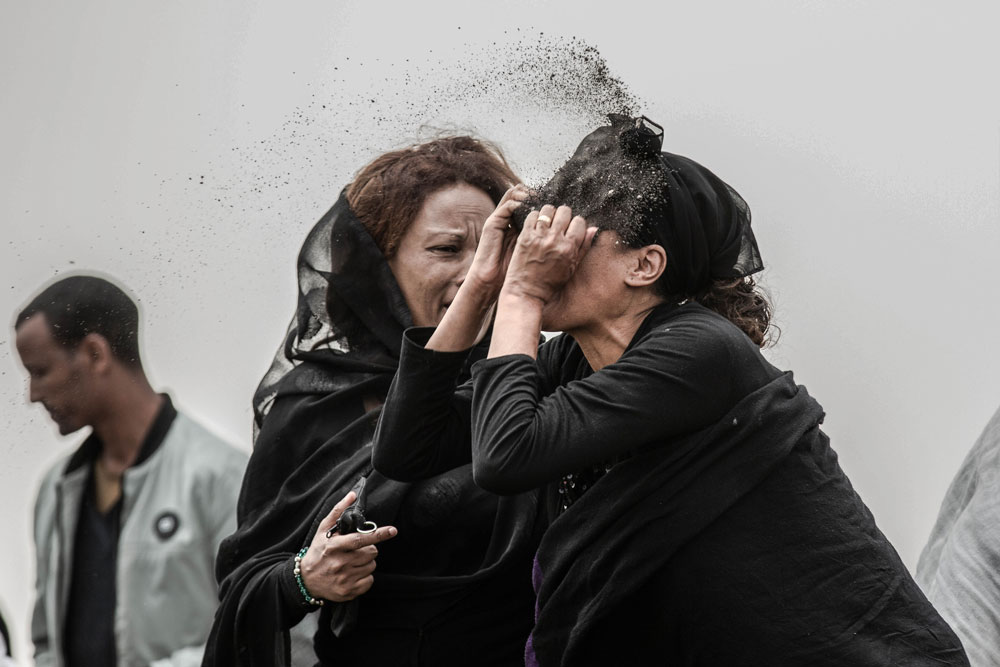
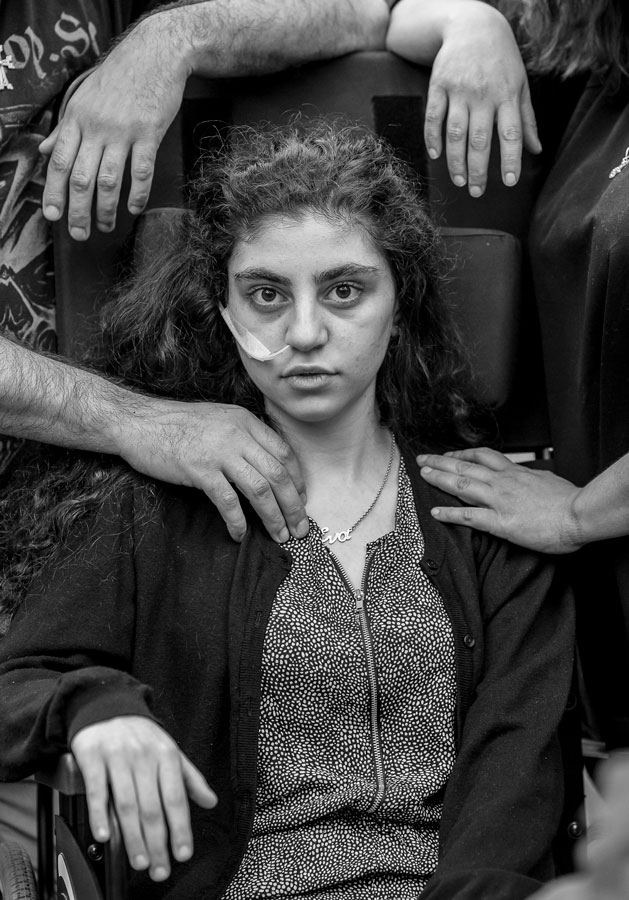

























Congratulations on the exemplary coverage of the World Press Photos finalists, Will. These awards so regularly now feature multiple Australian entries: The work by Australian photojournalists is consistently of a top order. I am hopeful of special recognition for the work done by The Sydney Morning Herald’s photo staff in this year’s Walkley awards. Nick Moir and the team produced incomparable work over many weeks without a break, likely too late for this year’s World Press Photos. The recent cover feature in The Good Weekend Magazine stands as testament to the horror and anguish experienced by so many thousands of people and communities.